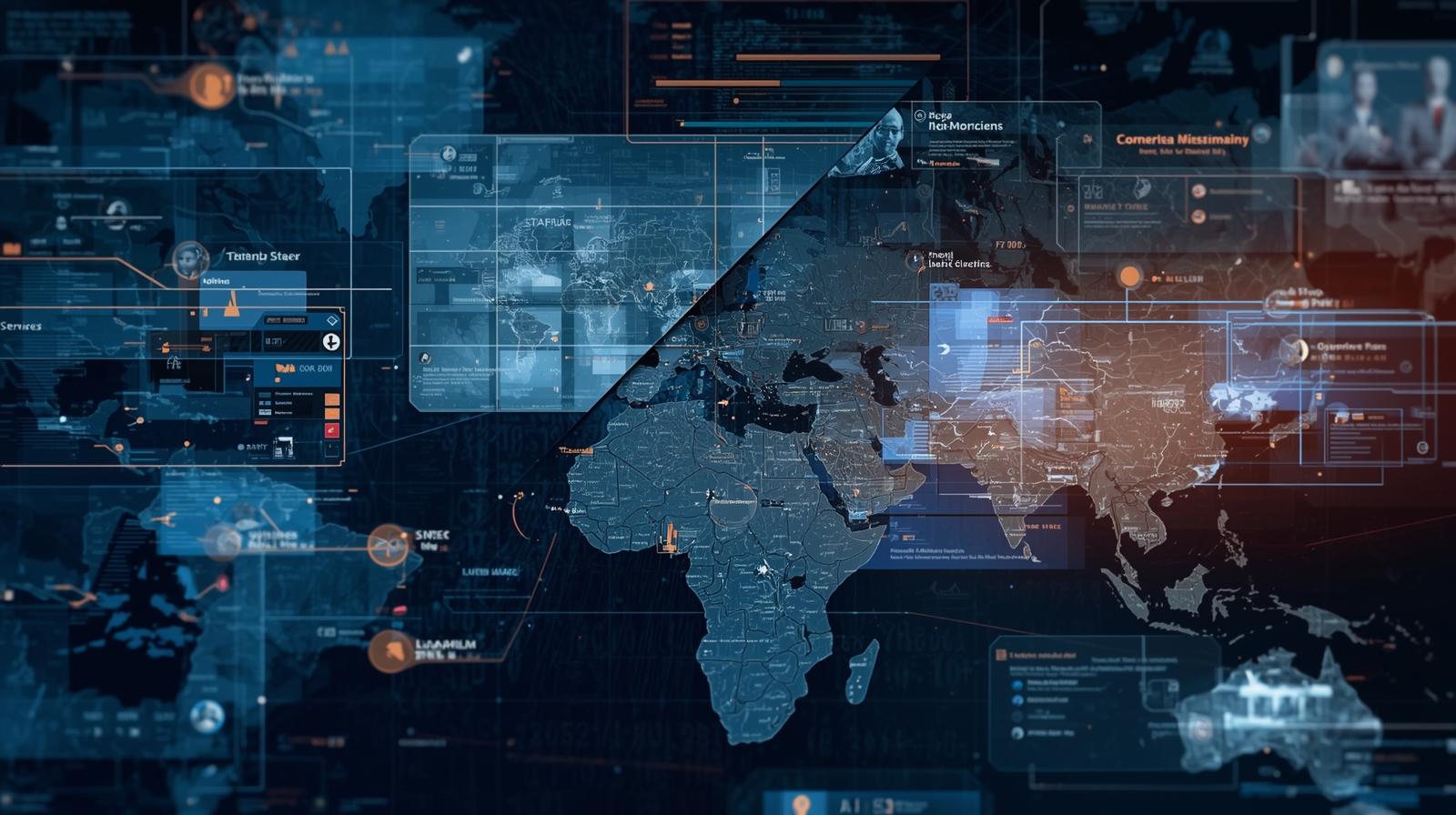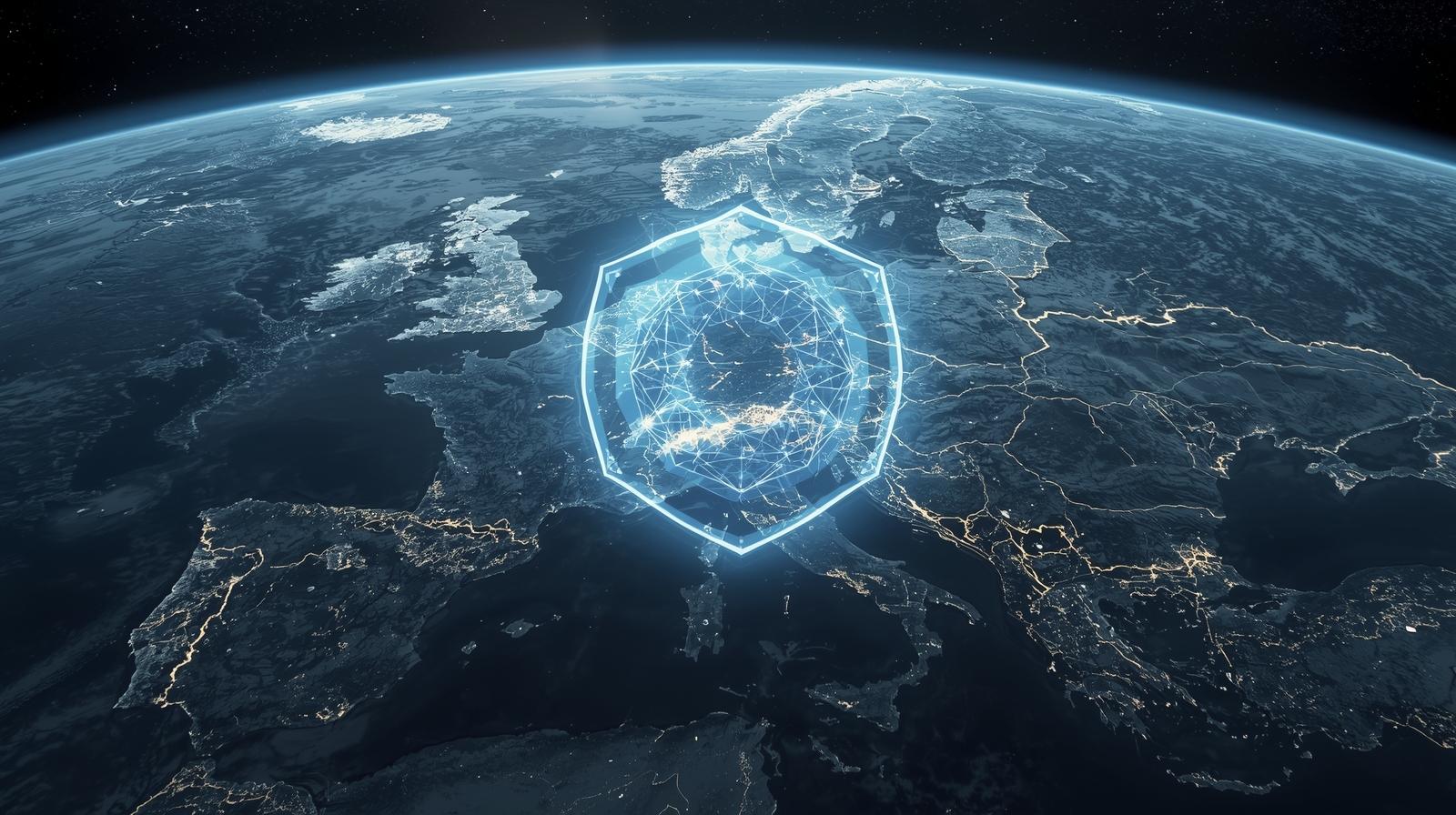Wargames, either physically or digitally, blend the analytical logic of strategic planning with the interactive potential of technology. Both historical grand strategy and contemporary tactical simulations have been seeing a rise in their appeal, which comes at a time of heightened international tensions and rising defense spending all over the world.
This article aims to situate wargames within broader discourse of defense and geopolitics and how they might shape public perceptions of military power. As examples we will look into Wargame: Red Dragon (2014), Hearts of Iron IV (2014) and Broken Arrow (2024). All three of these video games are prime examples of how today’s gaming industry has contributed to making intricate military operations understandable to the civilian audiences.
By the 20th century, wargaming had become an integral part of professional military education. The U.S. Naval War College, for instance, institutionalized wargames as analytical tools to test strategic hypotheses (Caffrey, 2019). Many of these exercises during peace time were predictive of the actions during the war and foresaw important elements of the Second World War on the Pacific.
Simulation techniques were transformed with the advent of computers following World War II. Nevertheless, this access wasn’t granted to a broader audience until the late 1980s, when Harpoon (1989) came to the shelves of videogame shops. Harpoon was one of the first computer based naval wargames to translate professional military simulations into a format accessible to anyone with a personal computer. The game was based on a tabletop wargame originally developed for the U.S. Navy for training purposes. It provided an unprecedented level of realism in modeling modern maritime warfare; it set a new precedent for the next generations of digital wargames. By the late 1990s, the wargaming genre developed into two main trajectories: on one hand a historical grand strategy as demonstrated by the Hearts of Iron franchise, and on the other hand real-time tactical simulation, with contemporary examples such as Wargame: Red Dragon and Broken Arrow.
The wargame’s central premise – that complex systems can be modeled, predicted, and influenced – goes hand to hand with the tenets of the rationalist tradition of military and political thoughts. Clausewitz’s view of war as a continuation of politics by other means finds expression in the player’s need to balance military action with economic and diplomatic issues.
As a result, digital wargames serve as both entertainment and systems reasoning exercises. The player takes on the role of a logical actor who is limited by information and resources, which are similar to the problems faced by decision-makers.
Released in 2024 by Slitherine, Broken Arrow represents the latest development in digital military simulation of the real-time tactical genre. Unlike its Cold War predecessors, it situates players in a contemporary strategic environment defined by asymmetric warfare, technological innovation, and high-intensity conventional conflict. Its focus on NATO–Russia engagements reflect current defense discourse surrounding deterrence and readiness in Europe.
Unprecedented levels of realism are incorporated into Broken Arrow, including dynamic unit customization, detailed terrain simulation, and accurate models of military hardware. Players must coordinate combined-arms forces, oversee supply lines, and plan operations across the land, air, and sea domains in each engagement. Its mechanical intricacy and visual realism mimic actual military staff practices, such as asset deployment, order-of-battle construction, and the creation of battlegroup size units to control in the virtual battlefield.
The game’s release coincided with a broader cultural moment marked by the Russian invasion of Ukraine (2022) and heightened global awareness of defense spending. Wargames appear to reflect geopolitical reality, as evidenced by the parallels between Broken Arrow’s fictitious conflicts and current security discussions. They turn defense policy concerns into interactive, user-friendly systems, such as budget prioritization, alliance coordination, and force modernization.
Wargames also go beyond the battlefield, addressing the economic and industrial foundations of military power. Strategy titles such as Hearts of Iron IV require players to balance defense production with a myriad of political issues, echoing real world dilemmas faced by policymakers. This gameplay dynamic allows the player to experience the long-standing interdependence of military and industrial capacity – a theme central to the “military-industrial complex”, criticized by Dwight Eisenhower’s farewell speech as President in 1961.
These factors allow wargames to serve an analytical purpose by incorporating these trade-offs into their core gameplay mechanics, in turn this prompts the player to consider how resource allocation, industrial policy, and technological innovation influence strategic outcomes. The politics of defense budgeting are gamified and made accessible in a couple of clicks. Furthermore, one could argue that through gameplay the increase in defense spending seen in the last couple of years can be tangible to citizens.
What makes modern wargames, particularly readily available digital ones attractive, is their ability to break down the enormous complexity of strategy into interactive systems that reward foresight, adaptability, and logical analysis making them have an enduring appeal across generations in our societies. Games such as Broken Arrow, and Hearts of Iron exemplify this continuous change. Beyond their analytical and entertainment value, wargames have also democratized access to military thought by enabling civilian audiences to engage with the complexity of strategy, logistics, and war planning in an interactive way. Players are introduced to the limitations of supply chains, the unpredictability of intelligence, and the need for long-term planning under resource constraints, all of these through game mechanics and scenario-based learning. By converting abstract ideas like force projection, attrition, and deterrence into tangible choices made on your desktop at home. In this way, wargames make their most impactful contribution to a growing need to inform society about strategic literacy and foster a more informed discussion about defense and geopolitics, lending themselves to be part of an informal education system. In the coming years, as video game technology continues to advance and public awareness of defense and military issues grows, wargaming titles are likely to attract even greater interest. These games could play an increasingly decisive tool within a broader network of education, strategic thinking, and civic engagement related to security and geopolitics.
Lisboa, 16 de outubro de 2025
João Tomé Mendonça
EuroDefense-Jovem Portugal
Referências Bibliográficas
Caffrey, M. B. (2019). On Wargaming: How Wargames Have Shaped History and How They May Shape the Future. Naval War College Press.
Paradox Interactive. (2021). Hearts of Iron IV Surpasses 3 Million Sales [press release].
Perla, P. (1990). The Art of Wargaming: A Guide for Professionals and Hobbyists. Naval Institute Press.
Slitherine Ltd. (2024). Broken Arrow [PC Game].







